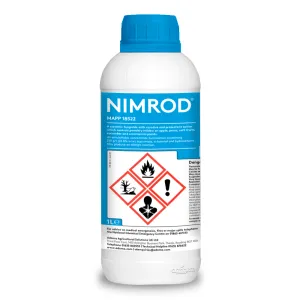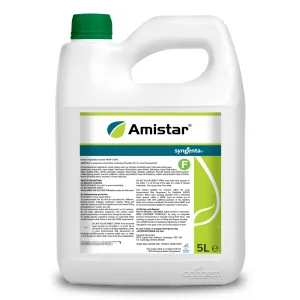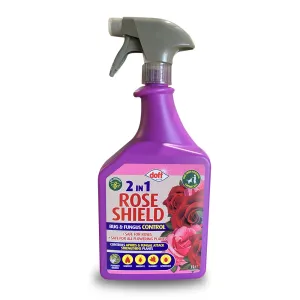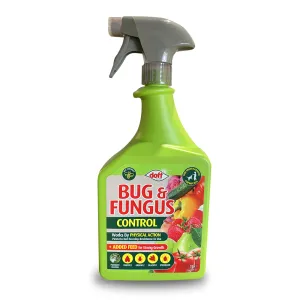What is Powdery Mildew?
Powdery mildew is a disease that affects the foliage, stems, flowers and fruit of a range of different plants. There are 5 main tribes of powdery mildew and under these fall different genera and species. The most common method of disease spread is by fungal spores being carried in the air from plant to plant. In cooler conditions, the spores will live for longer periods of time (up to 3 months) but in warmer conditions they will be killed quite quickly. Powdery Mildew can also be spread on our hands and tools. When conditions are humid, the spores will germinate very quickly meaning other plants and other parts of the same plant will become infected rapidly.
Symptoms & Occurrence:
Powdery mildew likes warm, dry days and cooler nights that still have high humidity. Growers find that when the temperature is around 21°C – 22°C spores will germinate rapidly.
The symptoms are white powdery patches of fungus either on the upper or lower surface of the leaves, stems, flowers or fruit. Leaves of infected plants can also become distorted, wrinkled or curled and will eventually yellow and fall off.
Control:
It is best to regularly monitor crops/plants for early signs of Powdery Mildew. We recommend keeping all growing areas weed free as this disease can live on weeds and quickly spread to nearby crop. We also advise spacing plants well to create good airflow and reduce the humidity around the plant. This can be done in glass houses or polytunnels using fans or opening vents or by simply not overcrowding a bed or border.
We recommend using a specialist fungicide specifically designed to target Powdery Mildew, for example Amylo. This product contains a naturally occurring bacteria which produces anti-fungal compounds.
For more information on controlling Powdery Mildew, please get in touch with our sales team on 01522 246491.









